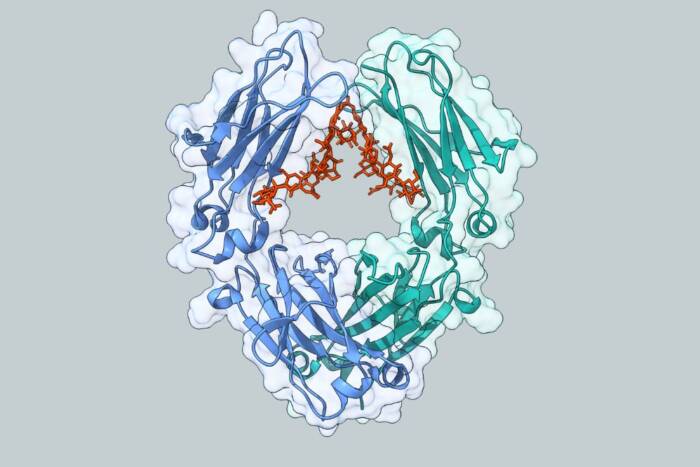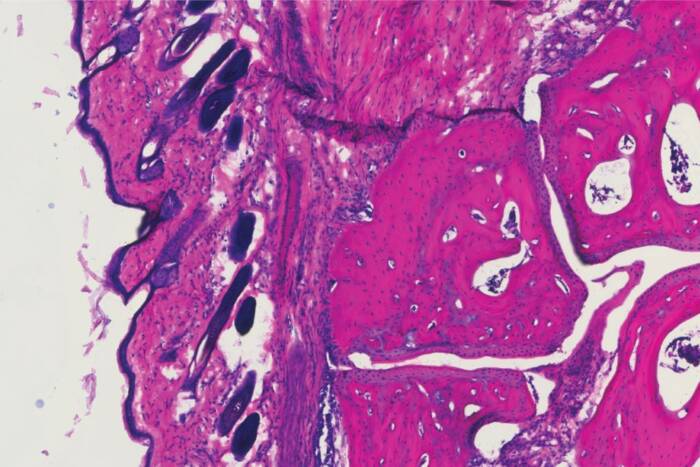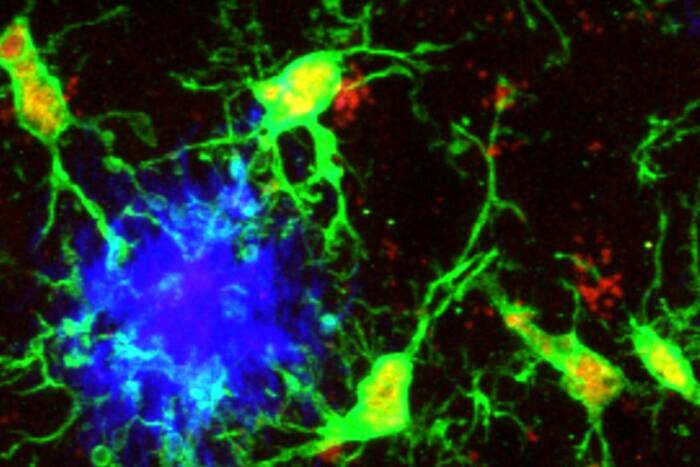Rockefeller lab show that Notch signaling is involved in multiple skin fate decisions
To serve as an effective barrier, skin must form multiple layers that separate internal organs from exposure to the environment. New research from Rockefeller University shows that a well-known signaling pathway, Notch, drives the process by which skin cells form those layers.
Starting with the innermost, or basal, layer, epidermal cells gradually move toward the skin surface, undergoing three stages of differentiation — spinous, granular layer and stratum corneum — until they are eventually sloughed off, continually replaced by inner layer cells moving outward. In research published this fall in Genes and Development, Rockefeller’s Elaine Fuchs, head of the Laboratory of Mammalian Cell Biology and Development, and her coworkers show that the standard Notch signaling pathway is required for cells to differentiate from basal progenitor cells to spinous cells.
“Signals initiated by the Notch protein play diverse roles in events such as cell fate specification, stem cell renewal, cell death and differentiation,” says Fuchs. “But prior to this study, it was unclear whether Notch played a role in early epidermal differentiation, and if it did, whether it did so using its canonical pathway.”
Notch is a cell surface protein that is cleaved after it binds and becomes activated by its ligand, either of the cell surface proteins Delta or Jagged. The internal, or cytoplasmic, fragment of Notch then moves into the nucleus to interact with its conventional DNA binding partner RBP-J to activate the transcription of genes. Depending on the tissue and context of Notch signaling, it can both promote and restrict cell fate choices, making it a good candidate for cell fate choices in the skin.
“We uncovered an unappreciated role for Notch signaling in early epidermal differentiation, acting as a molecular switch between basal and spinous cell fates,” says Cédric Blanpain, a former postdoc and first author of the paper. He and his coworker Bill Lowry found that Notch signaling in basal skin cells turns off basal genes while turning on spinous genes, moving the cell toward terminal differentiation, and that RBP-J is essential for this to happen.
“Without RBP-J, the hair follicle stem cells are not maintained,” says Fuchs, who is Rebecca C. Lancefield Professor and an investigator at the Howard Hughes Medical Institute, “which suggests that Notch signaling functions both in stem cell maintenance and in early steps in skin differentiation. This work has uncovered interesting parallels between the roles of Notch in stem cells and their lineages in skin and in other tissues, including the brain, intestine and hematopoietic system.”
Genes and Development 20: 3022-3035 (November 2006)(opens in new window)


